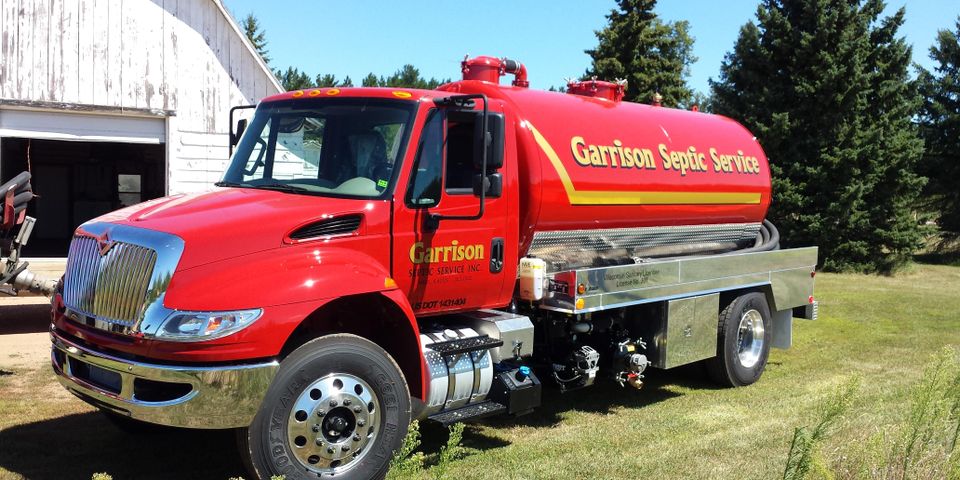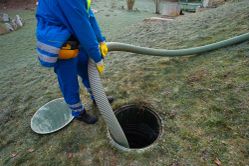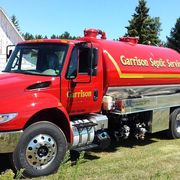What Are the Differences Between Septic Systems & Sewers?

In general, homeowners and businesses have two primary ways to deal with gray water and waste. The first is to connect to a municipal sewer system. The second is to install a septic system. Both are effective, affordable, and convenient solutions. However, they differ in key ways. Below are some of the important differences between a sewer and a septic system.
How Do Public Sewer & Septic Systems Differ?
Monthly Fees
When you connect to a public sewage system, you'll receive a monthly — or sometimes quarterly — bill that contains a connection fee plus a charge for the amount of water and sewage you contributed during that period. With a septic system, you own the land and the facilities, so you won’t pay any monthly fees for usage.
Maintenance
 Part of the convenience you pay for with a sewage system is the freedom you receive from maintenance duties. The utility company handles all repairs and maintenance, although you are responsible for blockages and pipe collapses that occur on your property. If you have a problem, contact the sewer department for repairs. With septic systems, you’re responsible for the cost of installation and all maintenance to the septic tank, effluent filter cleaning (if equipped with a filter) and seepage area (drain field). You must also pay to have solids pumped out of the septic tank every few years.
Part of the convenience you pay for with a sewage system is the freedom you receive from maintenance duties. The utility company handles all repairs and maintenance, although you are responsible for blockages and pipe collapses that occur on your property. If you have a problem, contact the sewer department for repairs. With septic systems, you’re responsible for the cost of installation and all maintenance to the septic tank, effluent filter cleaning (if equipped with a filter) and seepage area (drain field). You must also pay to have solids pumped out of the septic tank every few years.
Waste Treatment
With a sewer system, all waste is transported by pipes — often thousands of miles of connected plumbing from multiple communities — to a central wastewater treatment plant. There, sand, logs, bricks, and other large obstructions are filtered out, and the remaining liquid and solid waste are treated using plant oxygen and beneficial microorganisms. Treated wastewater is released into the ground through diffusers while sludge — the remnants of solid waste left after initial treatment — is processed further using heat to kill bacteria, then dried, and — in many cases — transformed into pellet fertilizer.
Septic systems treat all waste onsite using beneficial bacteria in the septic tank. Liquid wastes, once treated, flow from the tank into pipes buried in a nearby seepage area (drain field). Treated water is released through perforations in the drain field pipes, and it gradually makes its way through the ground to an aquifer. Solid wastes accumulate in the septic tank and must be pumped out every so often, depending on the size of the septic tank and the number of occupants in the house.
For expert assistance with your septic system, contact Garrison Septic Service Inc in Wisconsin Rapids, WI. Since 1939, they have been the premier choice for homeowners and businesses throughout Northern and Central Wisconsin. They specialize in septic inspections, pumping, and maintenance to keep your septic tank working at peak efficiency. Visit their website to learn more about their services or call (715) 325-7282 to discuss your septic needs.
About the Business
(3 reviews)
Have a question? Ask the experts!
Send your question

